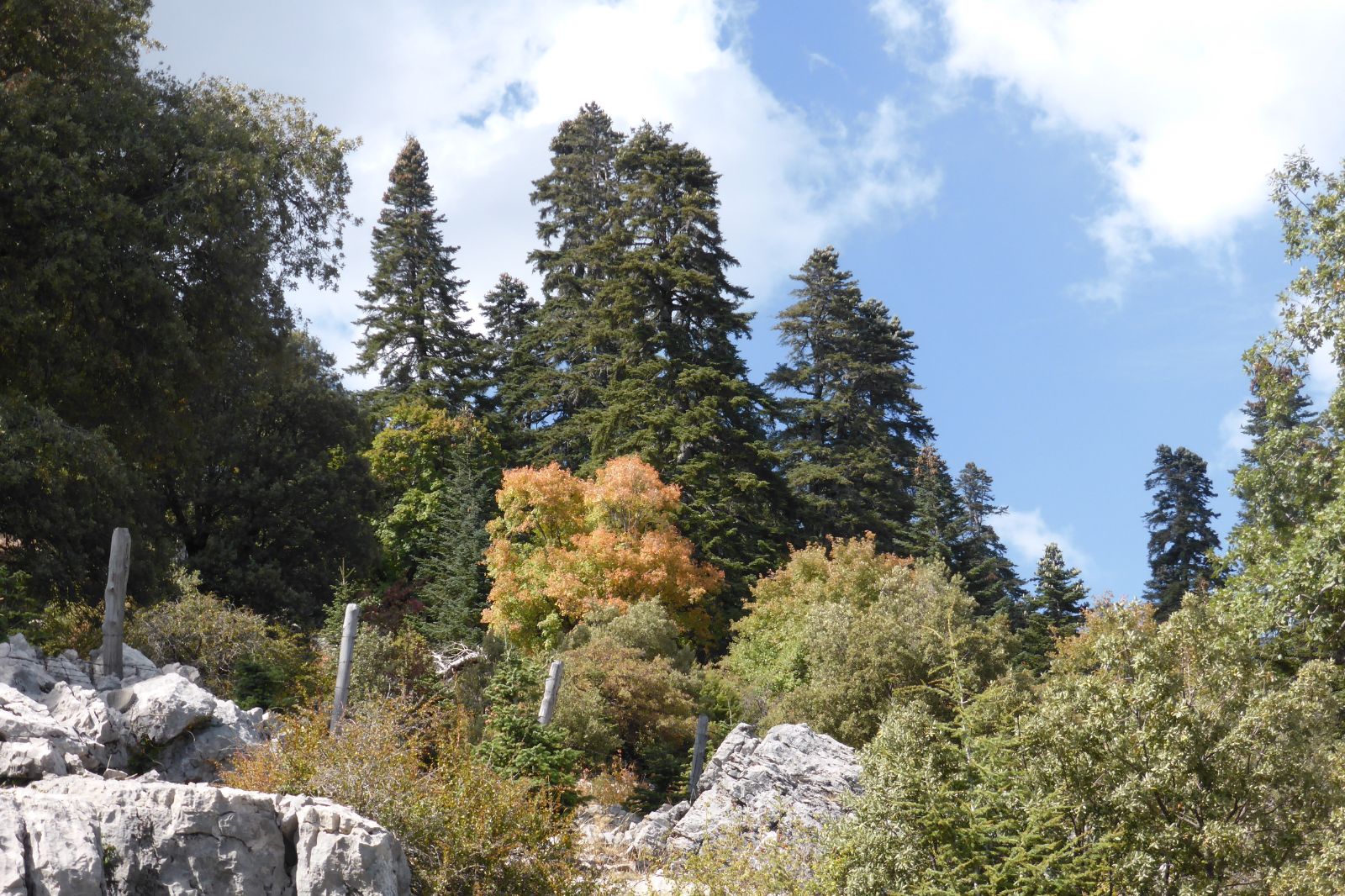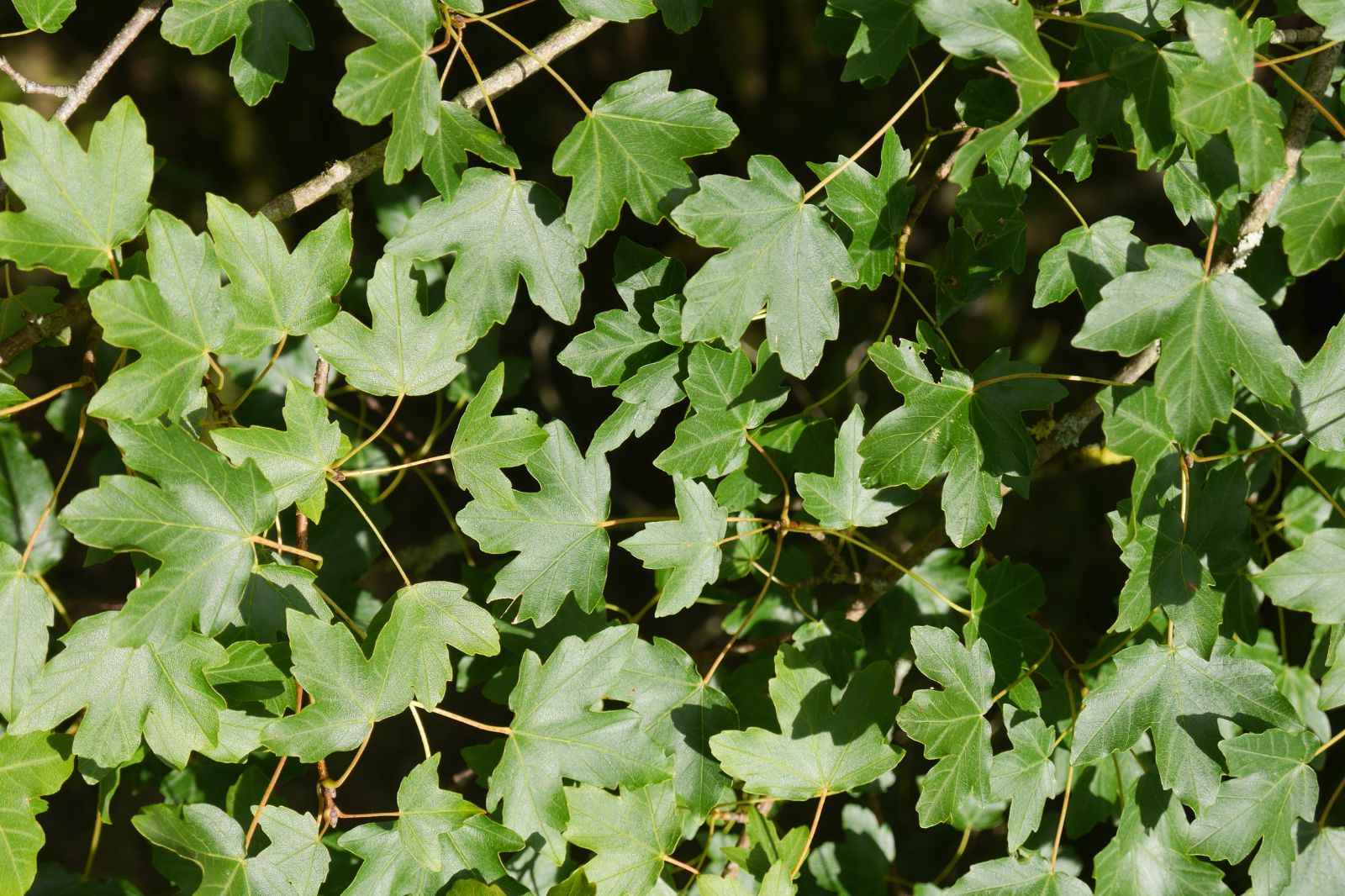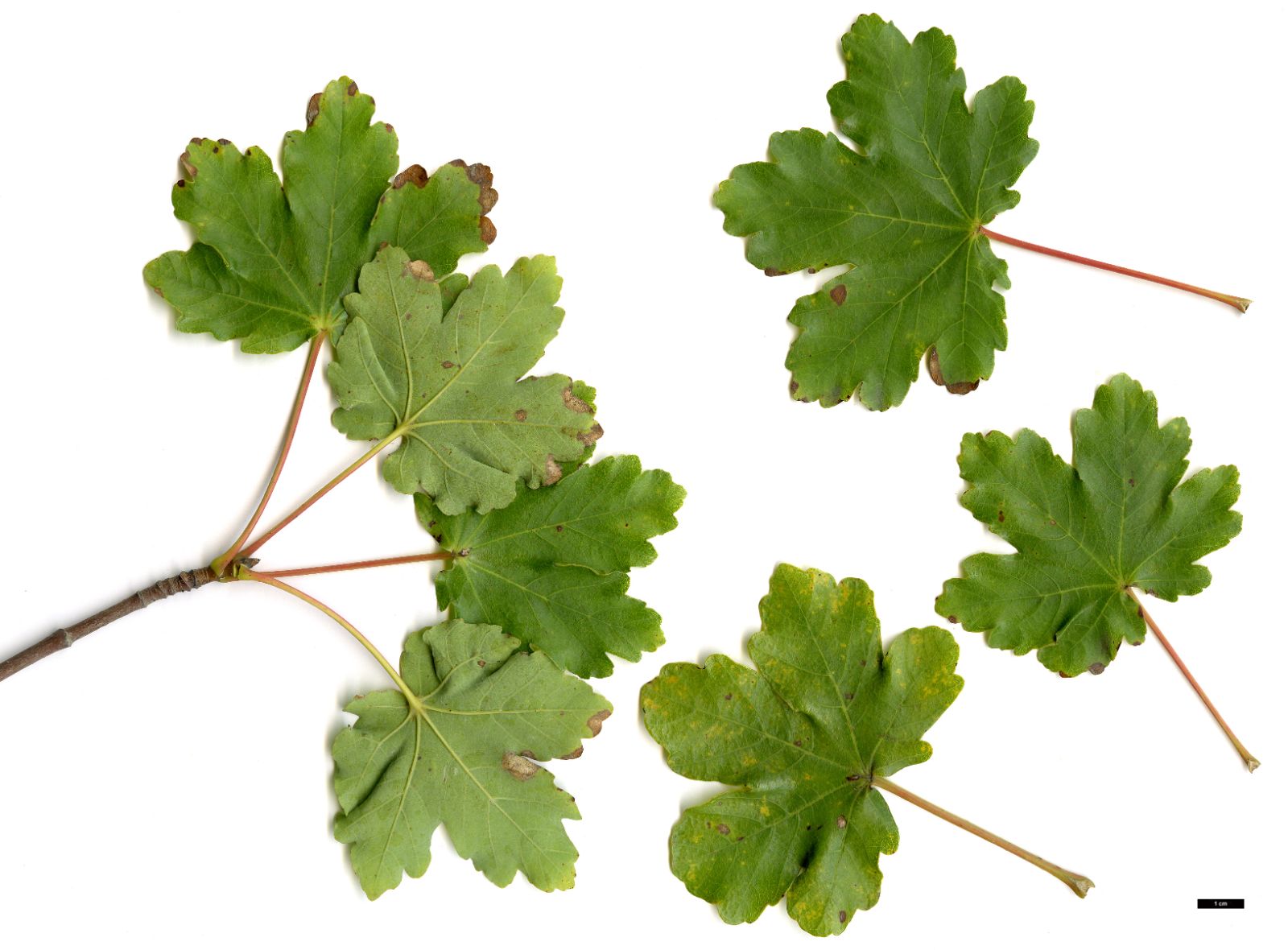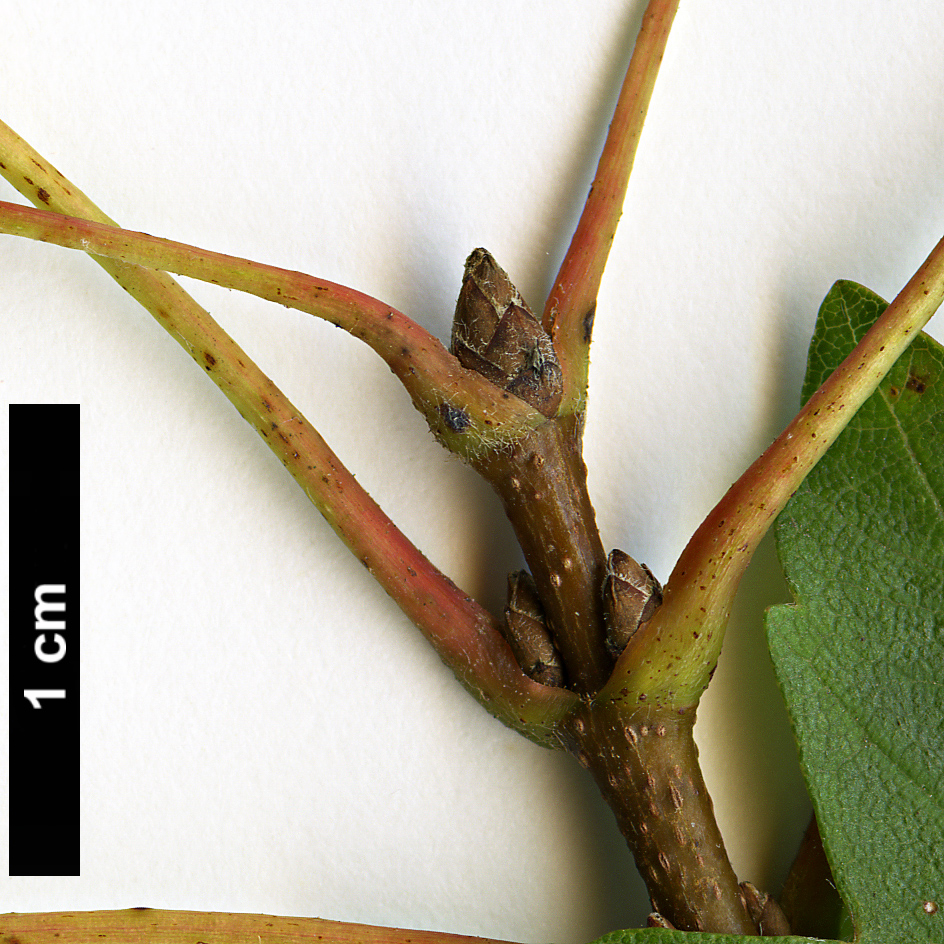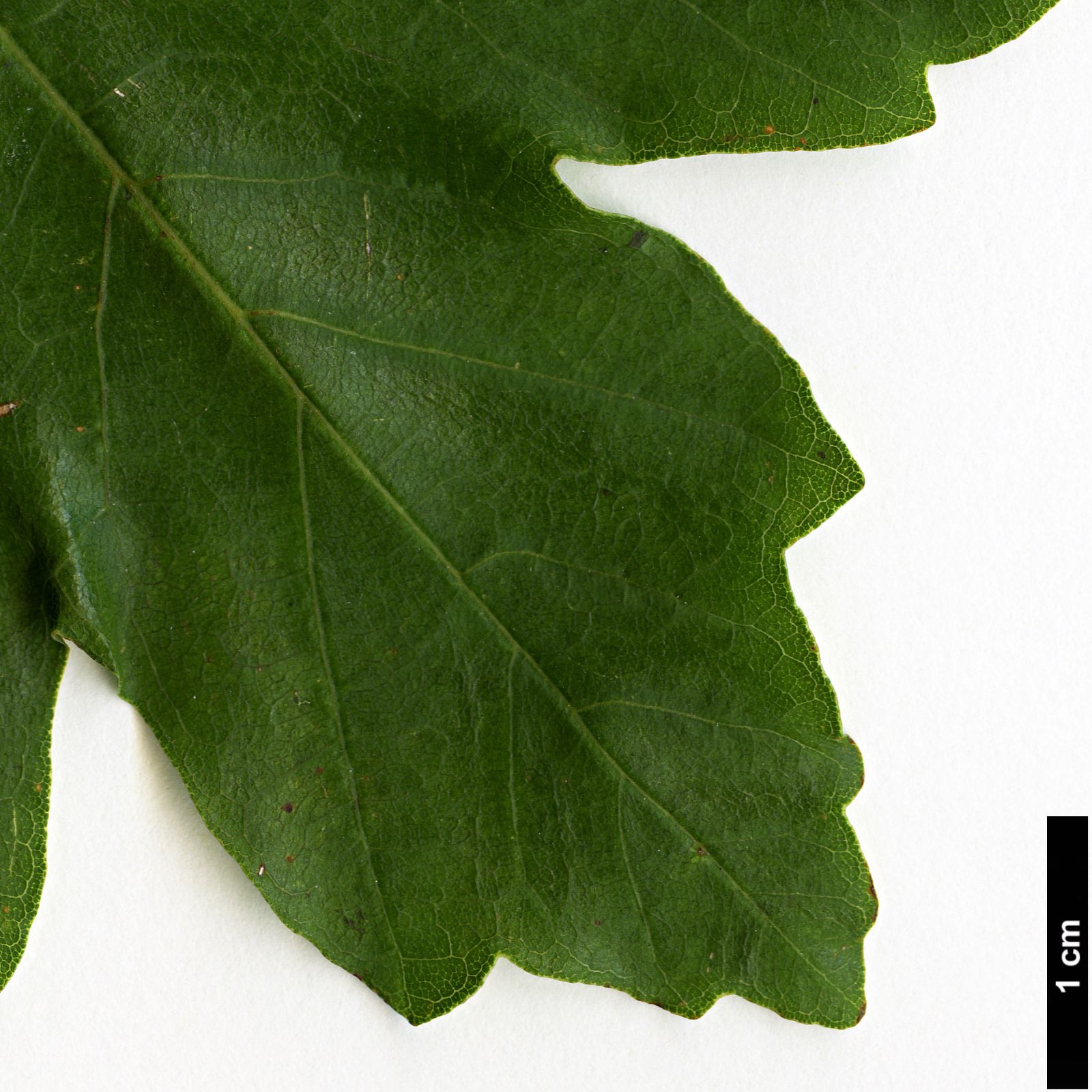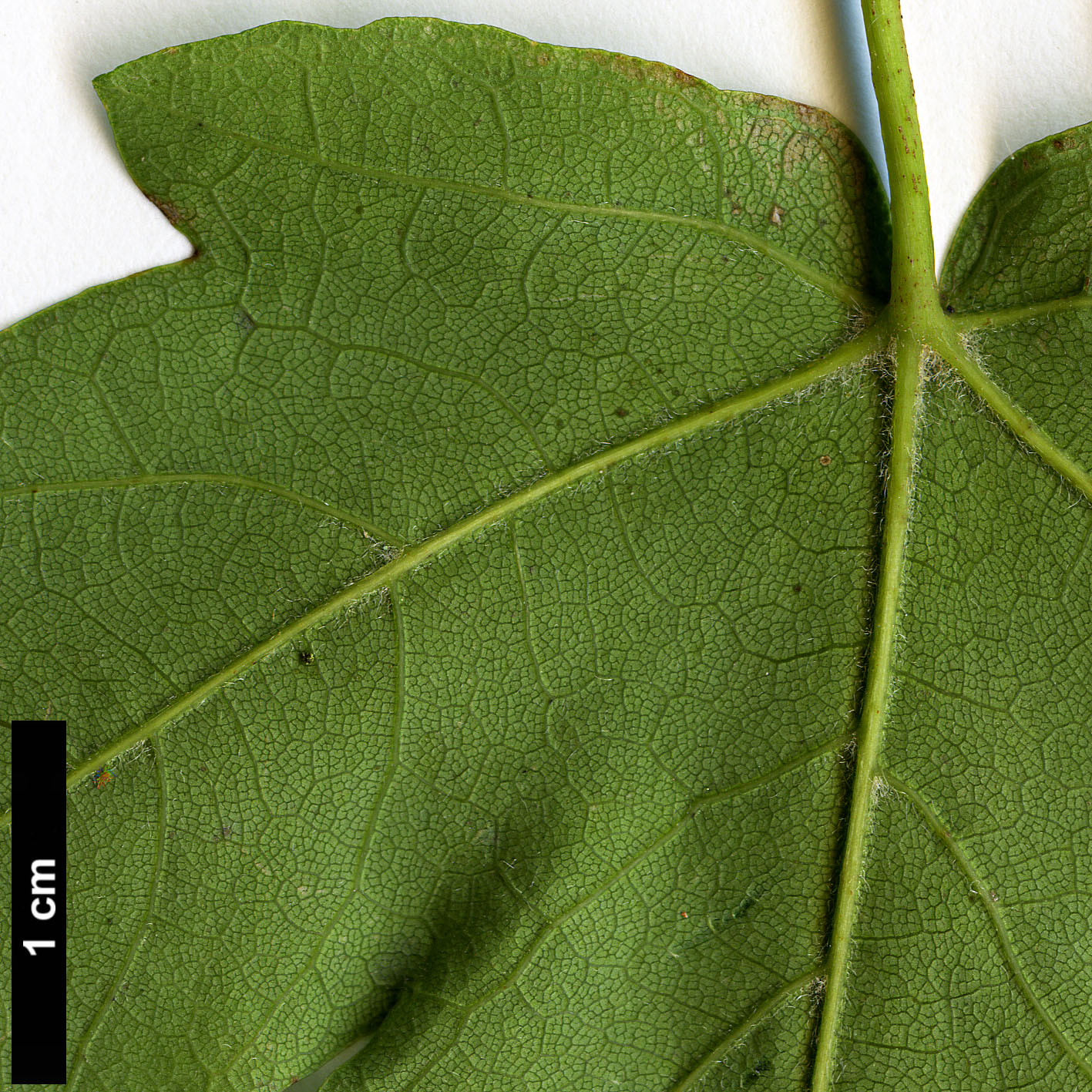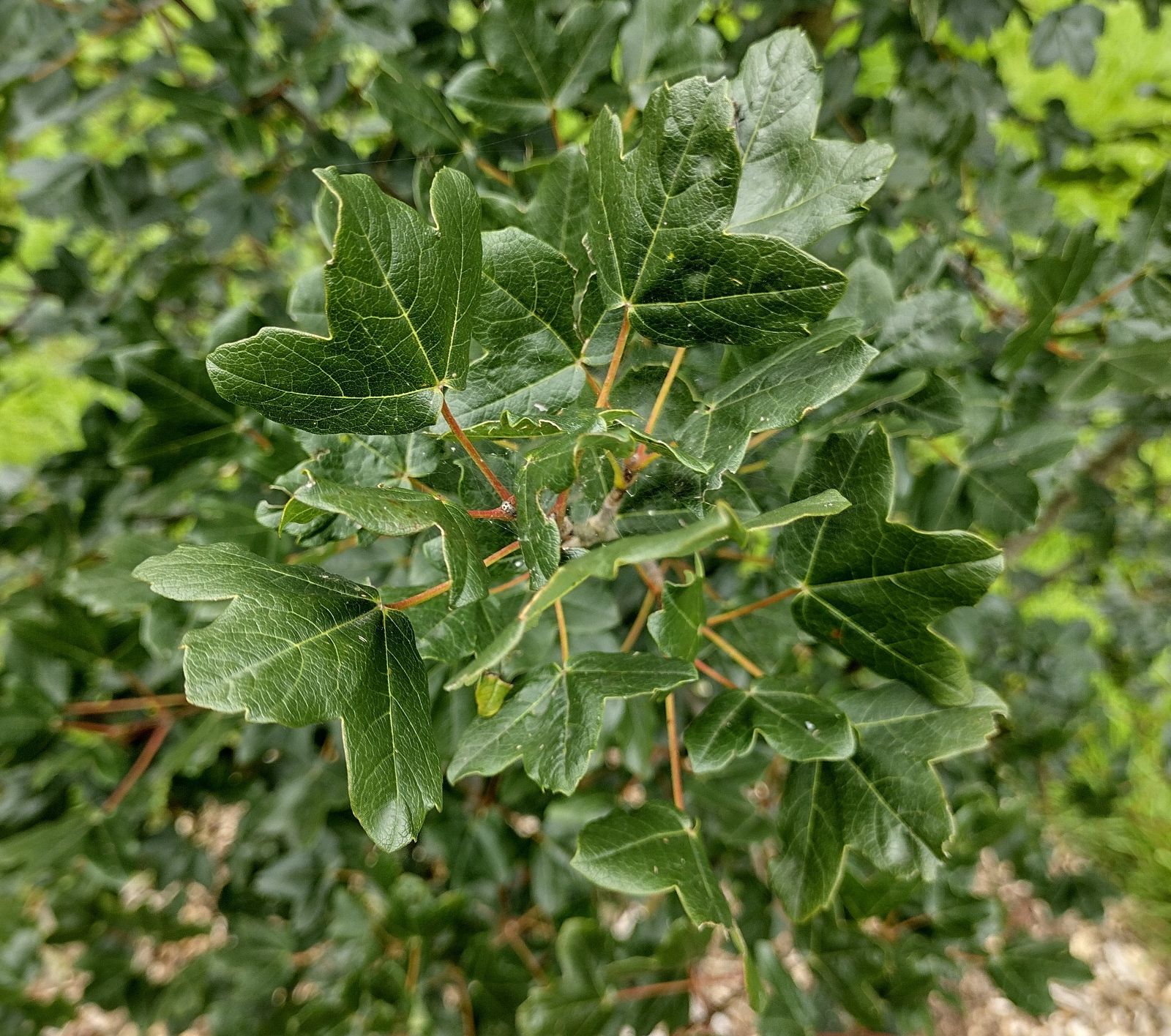Acer granatense
Sponsor
Kindly sponsored by
a member of the International Dendrology Society
Credits
Dan Crowley (2020)
Recommended citation
Crowley, D. (2020), 'Acer granatense' from the website Trees and Shrubs Online (treesandshrubsonline.
Genus
- Acer
- Sect. Acer Ser. Monspessulana
Common Names
- Spanish Maple
Synonyms
- Acer italum var. granatense (Boiss.) Willk.
- Acer nevadense Boisser ex Pax
- Acer italicum f. granatense (Boiss.) Schwer.
- Acer cadevalii Marcet
- Acer opalus var. africanum (Pax) Murray
- Acer opalus f. microphyllum Koch.
- Acer opalus subsp. hispanicum (Pourret) Murray
- Acer opalus var. granatense (Boiss.) Maire
- Acer opalus subsp. granatense (Boiss.) Font Quer & Rothm.
Other taxa in genus
- Acer acuminatum
- Acer amplum
- Acer argutum
- Acer barbinerve
- Acer buergerianum
- Acer caesium
- Acer calcaratum
- Acer campbellii
- Acer campestre
- Acer 'Candy Stripe'
- Acer capillipes
- Acer cappadocicum
- Acer carpinifolium
- Acer 'Cascade'
- Acer caudatum
- Acer ceriferum
- Acer chapaense
- Acer chienii
- Acer circinatum
- Acer cissifolium
- Acer × conspicuum
- Acer cordatum
- Acer coriaceifolium
- Acer × coriaceum
- Acer crataegifolium
- Acer davidii
- Acer diabolicum
- Acer distylum
- Acer divergens
- Acer duplicatoserratum
- Acer elegantulum
- Acer erianthum
- Acer 'Esk Flamingo'
- Acer fargesii
- Acer fenzelianum
- Acer flabellatum
- Acer forrestii
- Acer franchetii
- Acer × freemanii
- Acer fulvescens
- Acer 'Gimborn'
- Acer ginnala
- Acer glabrum
- Acer 'Gold Coin'
- Acer grandidentatum
- Acer griseum
- Acer heldreichii
- Acer henryi
- Acer × hillieri
- Acer hookeri
- Acer hyrcanum
- Acer japonicum
- Acer kawakamii
- Acer komarovii
- Acer laevigatum
- Acer laurinum
- Acer laxiflorum
- Acer lobelii
- Acer longipes
- Acer macrophyllum
- Acer mandshuricum
- Acer maximowiczianum
- Acer maximowiczii
- Acer metcalfii
- Acer miaotaiense
- Acer micranthum
- Acer 'Mindavi'
- Acer 'Minorient'
- Acer miyabei
- Acer miyabei × campestre
- Acer monspessulanum
- Acer morifolium
- Acer 'Mozart'
- Acer oblongum
- Acer obtusifolium
- Acer okamotoanum
- Acer oliverianum
- Acer opalus
- Acer orientale
- Acer palmatum
- Acer papilio
- Acer pauciflorum
- Acer pectinatum
- Acer pensylvanicum
- Acer pentaphyllum
- Acer pentapotamicum
- Acer pictum
- Acer pilosum
- Acer pinnatinervium
- Acer platanoides
- Acer platanoides × amplum
- Acer platanoides × truncatum
- Acer × pseudoheldreichii
- Acer pseudoplatanus
- Acer pseudosieboldianum
- Acer pubinerve
- Acer pycnanthum
- Acer rubescens
- Acer rubrum
- Acer rufinerve
- Acer saccharinum
- Acer saccharum
- Acer sempervirens
- Acer 'Serpentine'
- Acer serrulatum
- Acer shenkanense
- Acer sieboldianum
- Acer sikkimense
- Acer 'Silver Cardinal'
- Acer 'Silver Ghost'
- Acer sinense
- Acer sinopurpurascens
- Acer spicatum
- Acer stachyophyllum
- Acer taronense
- Acer tataricum
- Acer tegmentosum
- Acer tenellum
- Acer tetramerum
- Acer tibetense
- Acer tonkinense
- Acer triflorum
- Acer truncatum
- Acer tschonoskii
- Acer turkestanicum
- Acer tutcheri
- Acer ukurunduense
- Acer velutinum
- Acer wardii
- Acer 'White Tigress'
- Acer wilsonii
- Acer × zoeschense
A deciduous shrub or tree to 12 m in the wild. Bark brown. Branchlets glabrous. Buds ovoid, acute tipped, with many pairs of imbricate scales, brown. Leaves subcoriaceous to coriaceous, broadly pentagonal in outline, base cordate, (3–) 5-lobed, (1.5–) 2.5–8 (–10) × (1.5–) 2.5–9 (–11) cm, lobes ovate, to half the length of the blade, lateral lobes spreading, basal lobes smaller, apex acute, margins irregularly serrate, upper surface mid to dark green, lower surface paler, usually pubescent along veins and in axils; petiole 4–11 cm long, green or red, glabrous or pubescent, faintly grooved and broadening towards the base; autumn colours yellow. Inflorescence terminal, umbellate, pedicel usually pubescent, pendulous. Flowers yellow, 5-merous. Samaras to 2–3.5 cm long, wings spreading variously; nutlets rounded. Flowering from March to April, before or with the leaves, fruiting from September to October. (Güemes Heras & Sánchez Gómez 2015).
Distribution Morocco Spain Mainland and Mallorca.
Habitat North facing slopes and rocky areas between 190 and 2000 m asl.
USDA Hardiness Zone 6-7
RHS Hardiness Rating H5
Conservation status Least concern (LC)
Taxonomic note This species was treated as Acer opalus subsp. hispanicum by van Gelderen et al. (1994), though it appears distinct from A. opalus and likely closer to A. hyrcanum than to A. opalus. While the oldest name listed at species rank in its synonomy in van Gelderen et al. (1994) is A. hispanicum Pourret, this is in fact referable to A. opalus rather than this taxon, leaving A. granatense as the first name available. The combination of A. hyrcanum var. granatense, sometimes seen on labels, appears not to be validly published. It is quite distinct from A. opalus in its smaller, irregularly serrate leaves, which in A. opalus are remotely serrate to entire.
Despite being native to Europe, Acer granatense appears to be only a recent introduction to cultivation, though it is now represented from Spanish and Moroccan origins. McB 2568 was collected in Cazorla, Spain, in 1991 and two examples of it grow at Westonbirt Arboretum, Gloucestershire, where they have a slightly untidy, rounded form and offer little in the way of autumn colour. Similarly from Cazorla are plants at Ness which have suffered from squirrel damage. Of Moroccan provenance, Martin Gardner and Tom Christian introduced the species from the Rif Mountains in 2015, under numbers CAGM 61 and 79. Three plants under the latter number are growing well at Eastnor Castle, and seemingy similar to those of McB 2568, appear to be developing a ‘messy habit’ (T. Christian, pers. comm. 2020). Examples of CAGM 61 and 79 are also establishing well at Westonbirt.

